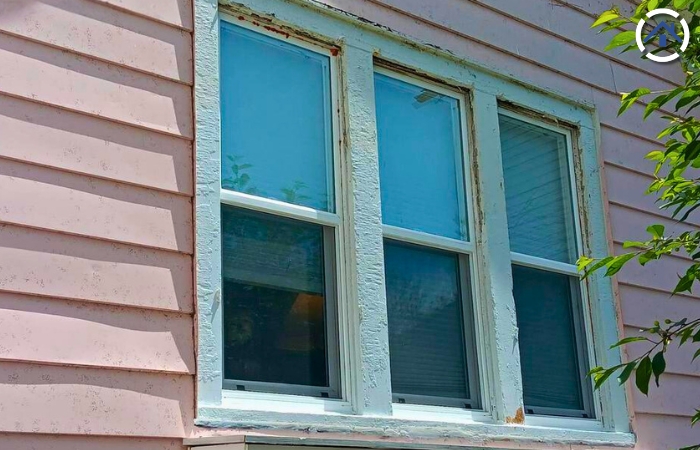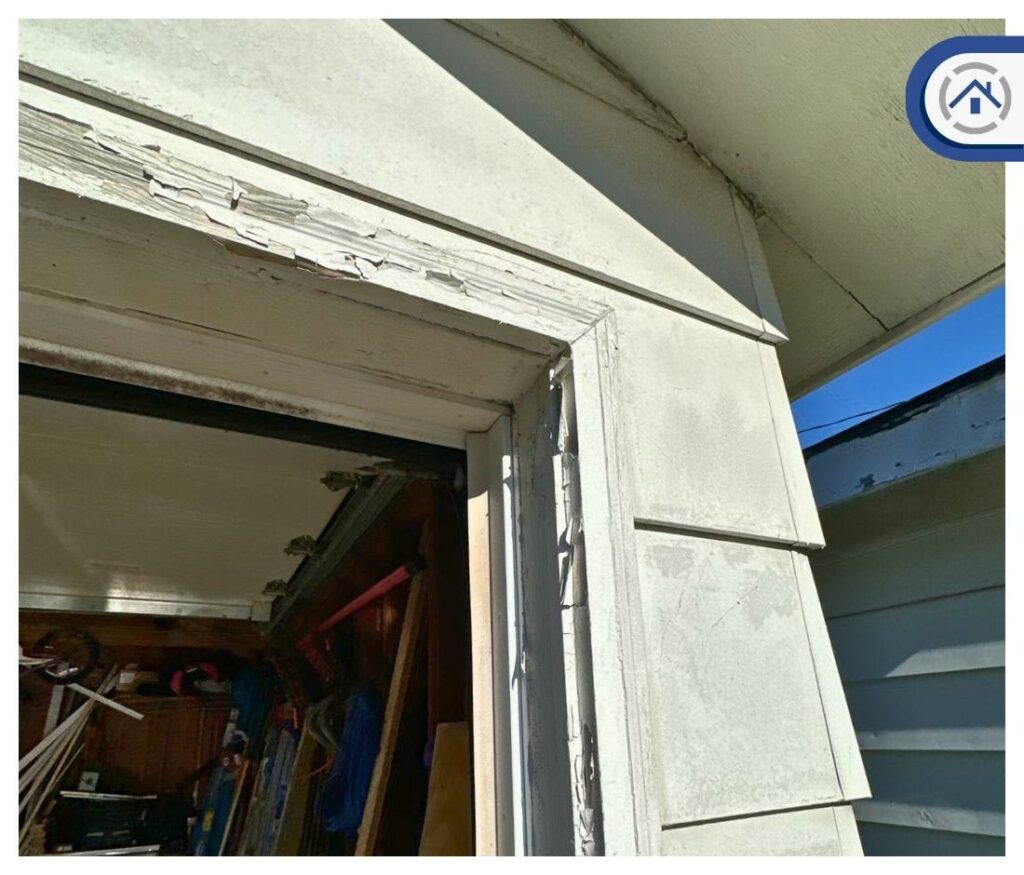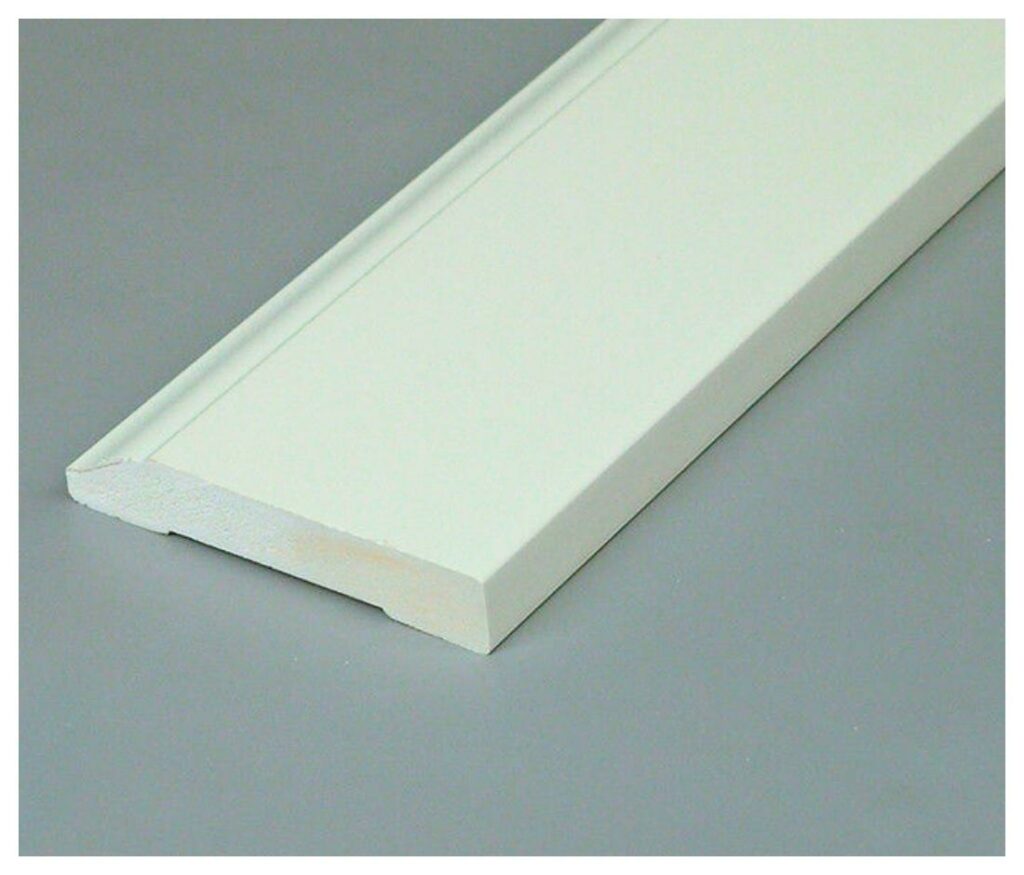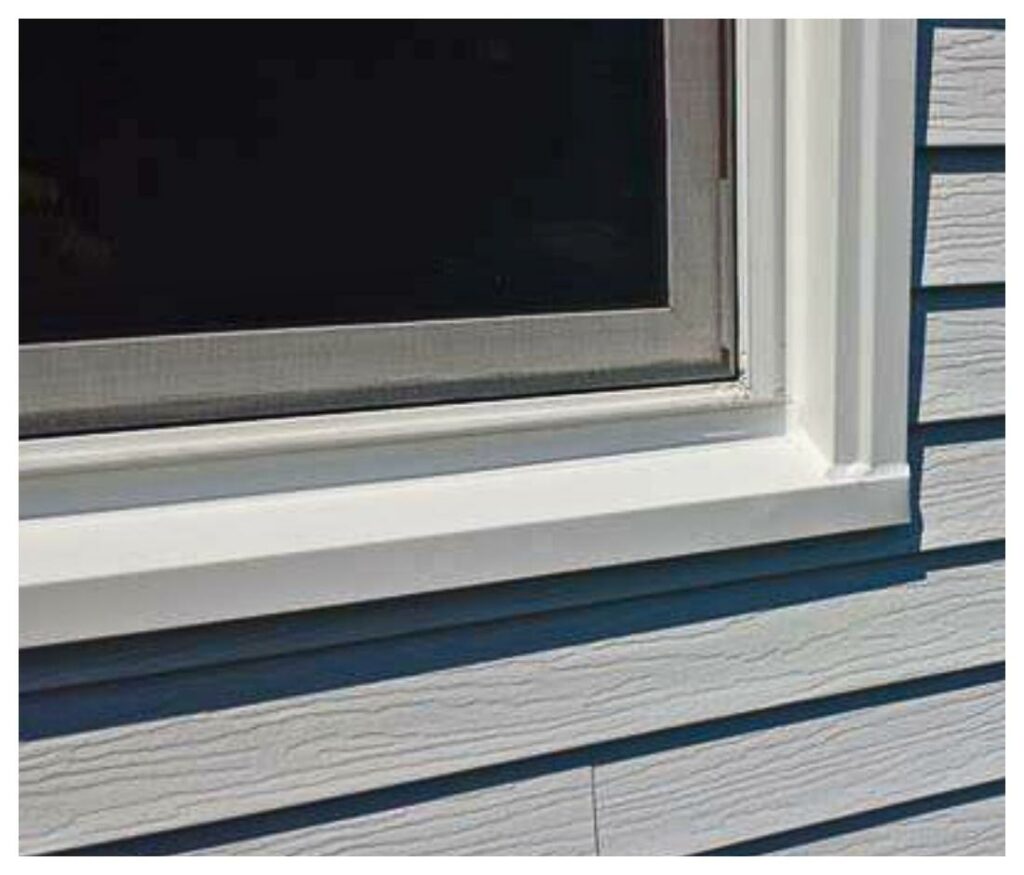
Many homeowners face the challenge of dealing with rotted siding pieces or trim, especially if they have cedar siding or other wood-based exteriors. As time passes, these materials endure wear and tear, which can result in decay and deterioration when compounded with exposure to the elements. Discovering rotted trim or sections on your home's exterior can be frustrating as it affects the visual appeal and raises concerns about the property's structural integrity. Thus, homeowners start looking for solutions to replace the rotted sections that strike a balance between aesthetics and functionality.
When dealing with weathered cedar siding or rotted trim, it's crucial to understand your options well. Factors such as the type of wood, climate conditions, and personal preferences should be considered during the decision-making process. Each option has pros and cons, so it's essential to be well-informed. To help you navigate these challenges, we've put together some key considerations and potential solutions, giving you the knowledge to make informed decisions about your home's best course of action.

There are several areas in a home that are likely to rot over time, such as the following:
These parts are more susceptible to decay because of their horizontal orientation. Unfortunately, some tend to overlook the importance of proper flashing, which is a crucial protective measure in these areas.
Without flashing, the horizontal wood can easily get damaged due to moisture infiltration, speeding up the rotting process. It is vital in preventing water from back-pitching into the siding, which could lead to severe damage. The strategically positioned flashing redirects the flow of water, making it roll off the surface in a controlled manner. This ensures that water is channeled down the siding and away from the structure, keeping the horizontal wood components safe from moisture damage and preserving the exterior of your home for a longer time. Proper flashing is essential in managing water runoff, making it a cornerstone in protecting your home's exterior.
Here's a depiction of what it should look like: "Z Flashing over horizontal wood."
At the top of all exterior door and window openings
Proper flashing placement is crucial to protect your home's exterior from water damage. Typically, flashing should be installed at the top of all exterior door and window openings. However, this recommendation is based on the use of non-self-flashing windows. If self-flashing windows are used, they should have at least one inch of flashing around the entire opening, including the corners. This precise technique is vital to create a waterproof seal, prevent water infiltration, and strengthen the structural durability of your doors and windows against harsh weather conditions.
Continuously above all projecting wood trim
It is important to consistently apply flashing above all projecting wood trim per standard practices. This proactive measure creates an effective barrier against potential water infiltration, mitigating rot and decay risk. Prioritizing continuous flashing above projecting wood trim is crucial for homeowners who want to adhere to best practices in exterior maintenance. Doing so ensures the long-term resilience of these vital architectural elements against the elements.
Replacing the rotted trim on the exterior of your home is a necessary maintenance task to enhance the appearance and structural stability of your house. There are several options available for replacing the rotted trim, and the final choice usually depends on your preferences, budget, and the overall style of your house. Here are some of the most common and popular options you can consider:
1. Wood Trim
2. Composite Trim

3. Vinyl Trim
4. Metal Trim

Proper maintenance of your home's exterior trim is crucial for both aesthetics and structural durability. Over time, cedar siding and other wood-based exteriors can deteriorate, making it necessary to explore replacement options. It's essential to note that proper flashing is often overlooked but plays an indispensable role in protecting horizontal wood components such as window trim, garage trim, chimney trim, and the water table board from water damage.
For homeowners looking for a long-lasting solution for rotted trim, seeking professional guidance is invaluable. Experts can evaluate specific requirements, suggest suitable materials, and ensure accurate installation, which can contribute to the overall durability and resilience of the home's exterior. By making informed decisions and giving importance to proper flashing, homeowners can embark on a journey to replace rotted trim, strengthening their homes against the effects of time with confidence in a durable and visually appealing outcome.